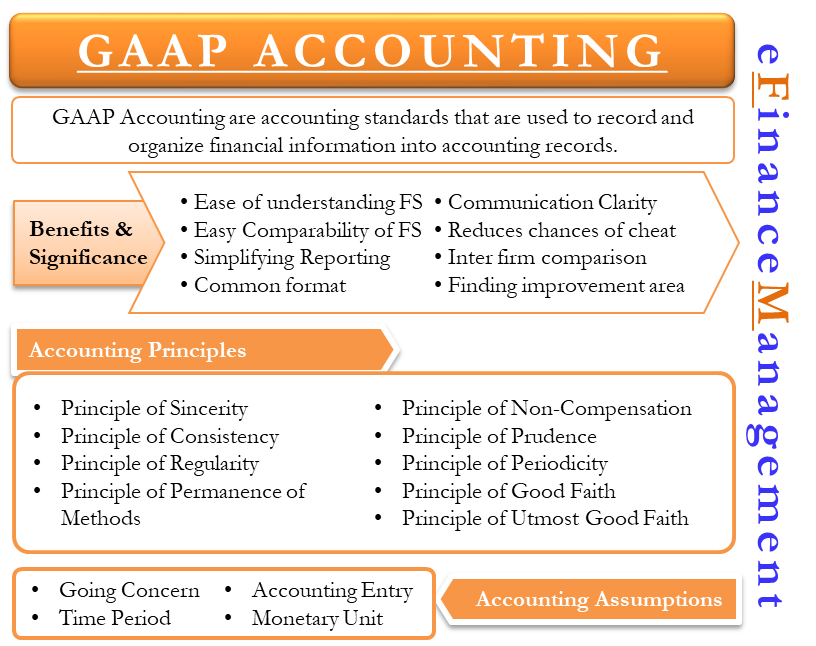
The income statement, also known as the profit and loss (P&L) statement, is the financial statement that depicts the revenues, expenses and net income generated by an organization over a specific period of time. It is one of the most heavily scrutinized financial statements issued by every organization. Because of this, it is critical for users to have a sound understanding of the story every income statement is trying to tell. Income statements, also called profit and loss or P&L statements, are one of the most important financial statements for tracking your company’s revenue and growth.
- This type of analysis makes it simple to compare financial statements across periods and industries, and between companies, because you can see relative proportions.
- Income statements, also called profit and loss or P&L statements, are one of the most important financial statements for tracking your company’s revenue and growth.
- Public companies are required to issue an income statement, along with the balance sheet and cash flow statement, every quarter.
- Give your statement a final QA either manually or using an automated platform.
What are Common Drivers for Each Income Statement Item?
There are several ways multi-step income statements can benefit your small business. Non-operating expenses are costs that are not related to a company’s core operations. “Other income/expense” is often included in this section and can include changes in the value of assets the company owns (if it owns shares in another public business for example). As discussed above, the income statement starts with a company’s revenue and ends with its net profit after subtracting operating and non-operating expenses. Here, we’ll analyze what goes on an income statement and discuss the various income statement items.
Net income or net loss
The income statement is one of three statements used in both corporate finance (including financial modeling) and accounting. The statement displays the company’s revenue, costs, gross profit, selling and administrative expenses, other expenses and income, taxes paid, and net profit in a coherent and logical manner. The income statement is one of the three important financial statements used for reporting a company’s financial performance over a set accounting period. The other two key statements are the balance sheet and the cash flow statement.

Operating Revenue
The primary purpose of an income statement is to convey details of how can a company with a net loss show a positive cash flow profitability and business activities of the company to the stakeholders. It also provides detailed insights into the company’s internal activities. By understanding the income and expense components of the statement, an investor can appreciate what makes a company profitable. The income statement is an integral part of the company performance reports. While the balance sheet provides a snapshot of a company’s financials as of a particular date, the income statement reports income through a specific period, usually a quarter or a year. The elements of an income statement include revenues, gains, gross profit, expenses, losses, and net income or loss.
In Apple’s case, in 2021 it earned nearly $200 million in interest, a sign of the company’s balance sheet strength. The company also realized net gains of $2,000 from the sale of an old van, and incurred losses worth $800 for settling a dispute raised by a consumer. Gross Profit Gross profit is calculated by subtracting Cost of Goods Sold (or Cost of Sales) from Sales Revenue. If you’ve received a good or service and plan to pay for it in the future, you have to record it in your books as an accrued expense. When you depreciate assets, you can plan how much money is written off each year, giving you more control over your finances.
To help you develop this understanding, here’s an explanation of everything you need to know about income statements—what they are, why they’re important, and how to analyze them—so you can get as much value out of these documents as possible. Operating expenses are expenses other than the cost of goods sold that the company spends in the operation of the business, including salaries, advertising, rental, utilities, office supplies, and depreciation expenses. Operating expenses are the expense element that can be classified into selling expenses and administration expenses. Cost of goods sold is the cost that occurs directly related to the sale that the company makes, which is usually referred to as direct cost. It is the expense element of income statement that ties directly with sale revenue. The three main elements of income statement include revenues, expenses, and net income.
Harvard Business School Online’s Business Insights Blog provides the career insights you need to achieve your goals and gain confidence in your business skills. If you subtract all the outgoings from the money the company received, you are left with $21,350. Upgrading to a paid membership gives you access to our extensive collection of plug-and-play who is the lessor and who is the lessee Templates designed to power your performance—as well as CFI’s full course catalog and accredited Certification Programs.
A certified public accountant (CPA) can help out at various stages during the growth of your small business. We also allow you to split your payment across 2 separate credit card transactions or send a payment link email to another person on your behalf. If splitting your payment into 2 transactions, a minimum payment of $350 is required for the first transaction. Our platform features short, highly produced videos of HBS faculty and guest business experts, interactive graphs and exercises, cold calls profitability index pi formula calculator to keep you engaged, and opportunities to contribute to a vibrant online community. We offer self-paced programs (with weekly deadlines) on the HBS Online course platform. Access and download collection of free Templates to help power your productivity and performance.
